Part 1 can be found here.
Part 2, here.
The Cathars were a medieval religious sect whose centre was in the Occitan region of Southern France. Today, tours bring to life the ruined castles of the Cathars known as the citadelles du vertige — the castles in the air — burnt by fire, sun, wind and time.
The Cathars were burned at the stake for heresy by the Catholic church in the 12-1300’s. At the time, criminals were punished by death according to misdeed: noblemen were beheaded by sword, robbers were hanged, while traitors were hanged, drawn and quartered; ie. hung, dragged behind a horse, and finally limb amputation.
Highway men, heretics and unfortunate others were ‘broken on the wheel’ — a particularly gruesome end involving breaking and threading of limbs through spokes of a large cartwheel, sometimes bludgeoned/tortured till death. Adulterers were stoned to death, those guilty of infanticide were impaled. Counterfeiters were boiled in oil, and punishment by fire could mean being roasted alive or burning on a gridiron.
The concept of the guillotine dated to 1210 but was trending for the Reign of Terror (1790’s) when about 17,000 people were beheaded. Someone, somewhere had given the most torturous methods of death a great deal of highly imaginative thought.
The guillotine was replaced by the state-sanctioned electric chair, invented by dentist Alfred P. Southwick, who, in the early 1880’s, suggested it be used as a more humane replacement for hanging. After some trial and error involving stray dogs, calves and lame horses, the first state-sanctioned death by electric chair was of a chap called Kemmler — a hatchet-wielding wife-murderer — executed in 1890.
The first path of 1,000 volts AC through Kemmler caused unconsciousness, but failed to stop his heart and breathing. The physicians came forward and after confirming he was still alive, called out, “Have the current turned on again, quick — no delay.”
The execution took approximately eight minutes. The New York Times ran the headline: “Far Worse Than Hanging,” and War of the Currents member George Westinghouse later commented “They would have done better using an axe.” — Wiki
The mid-1980’s saw lethal injection favoured for judicial executions but The Chair’s voltage had been perfected over time and remained the prominent execution till then.
A negative pole of an electric current can be called a cathode (1834) from Greek kathodos a way down, from kata, down; and hodos, a way, a path (of an electric current).
Cathode was proposed by English polymath, Reverend William Whewell (1794–1866).
The roots of the electrical word cathode finds ode, meaning ‘lyrical poem’ — one that is meant to be sung, from Greek hodos, way, while Cath originates from kato (Greek) going down, but the Cathari interpretation of their name was “The Pure Ones,” and Katherine means pure. Cath is seen in Cathar, cathedral, Catholic, Catherine etc..
Catholics, rather than claim any purity, take their name to mean universal, or katholike.
Cathar priests lived simply, had no possessions, imposed no taxes or penalties, saw men and women as equals and recognised the divine feminine principle as Sophia (wisdom). They rejected priesthood and worked for a living through manual labour.
The female name Catherine means pure too, with such derivations as Kate, Cate, Cath/Kath, etc.. The many variants of Kate seemed a good image to screenshot, except its Wiki page flowed in to c.three pages. The languages listed with Catherine/Katerina variations have Proto-Indo-European roots, and are found in every European country.
The Catherine wheel torture device (early 13c.) was the mythical spiked wheel (seen above) upon which St. Catherine of Alexandria was said to have been martyred.
Quoting Wiki; “Medieval hagiographies (lit. ‘holy writing’) record that St. Catherine of Alexandria was sentenced to be executed on [the Wheel] for refusing to renounce her Christian belief, which thereafter became known as the Catherine wheel. It is said the wheel miraculously broke when she touched it; she was then beheaded.”
Meanwhile, back in the Languedoc… Great bonfires made it possible to eliminate vast numbers of Cathars at once. The Cathars famously walked in to the fires singing odes (hymns) rather than accepting Catholic dogma, rejecting its teachings on the grounds of immorality, hypocrisy, greed, the lechery of its clergy, and acquisition of land and wealth.
An estimated half-million Languedoc men, women and children were killed, Catholics and Cathars, from whence the saying, “Kill them all. God will recognise His own.”
Was their violent end all in the name of heresy? Define heresy little Wik: “Any belief or theory that is strongly at variance with established beliefs or customs […]. Heresy in Christianity, Judaism, and Islam has at times been met with censure ranging from excommunication to the death penalty.” Heresy’s etymology comes from Ancient Greek haíresis, meaning choice or thing chosen. One may be interested to note the current Pope has “Pity and Choice (Choosing)” written in Latin on his coat of arms.
Did the Cathars name themselves at the same time as the Catholics? Their sound is nearly identical. Catherine was a christian saint and all three Cath’s appeared at the same times and places. The knowledge that poured through the Mediterranean ports from the previous essays makes one wonder if the Cathars and Catholics called dibs on one document in particular? How radically different their interpretations if so.
Or perhaps — how radically different the scale of their divinely ordained goals.
The Cathars believed death was preferable to life under the corrupt Catholic dogma.
Alright.
But Catholic theologians debated amongst themselves for centuries whether Cathars were even Christian, much less heretical — and apparently this question is still open, and can descend to vicious infighting among the various belief systems of historians.
Catharism did not originate in the Languedoc, nor even in France; their beliefs derived from the Persian religion of Manichaeism (and another earlier religious sect from Bulgaria known as the Bogomils). “Manichaeism was begun by Mani, a Persian prophet who spent time in India studying Hinduism and created a universal religion intending to combine, succeed, and surpass [all] religions and mystery cults.”
Mani is also an interesting name because as seen in Part 2 of this series, Sanskrit letters P, V & M were interchangeable — Pani’s were thought to be the Phoenicians.
Manichaeism offered salvation through special knowledge of spiritual truths; to know one’s self is to recover one’s true Self, and see it as distinct from the bodily form which dies, though Self does not. Knowledge enables the realisation that, despite ones ‘human condition’ in the physical realm, one remains united to the transcendent world by eternal, immanent bonds with it, thus, knowledge is the only way to salvation.
The meaning of Vedanta is the end goal of knowledge; there the search for perfection in thought and the goal of a liberated soul were found in dimensions of sacred sound.
Phonocentrism is the belief that sounds and speech are inherently superior to, and more primary than, written language. The common thread to weave all ideas together became the quest for what the ancients believed to be a perfect language — Sanskrit — in other words, superiority of sound/speech for intellectually certain knowledge.
Enter the Katha Upanishad. Upanishad means sitting by the teacher (to hear them speak).
Béla Hamvas wrote in ‘René Guénon and the Metaphysics of Society’ (1942):
“A few more words about the present: today, according to Guénon, we are at the end of the Kali-yuga (dark age), when gold sinks into matter, […] becomes smeared with blood and soil, which means that power and spirit, hierarchy and order — broken and humiliated — dissolves. Nothing follows this era. It is impossible to sink deeper.
This is the apocalypse — which is acknowledged by the Vedas, the Eddas, the Egyptians, the Chinese, and the New Testament. Modern man doesn’t want to take this seriously — they say it’s fantasy, religion, vision. And by not believing what was known 10,000 years ago, they fulfil their fate. […] Traditional knowledge sees that the situation cannot be saved and a big epoch has been concluded.”
And the Katha Upanishad?
Philosophers such as Arthur Schopenhauer praised it, Ralph Waldo Emerson credited the Katha Upanishad for the central story at the end of his essay Immortality, and his poem ‘Brahma’, and Edwin Arnold wrote it in verse. What was so great about the Katha (Kata or Kato) Upanishad that so gripped these significant Western minds?
The Katha Upanishad is also referred to as Death as a Teacher: The Secret of Death.
Brief description of the Katha Upanishad and (not even remotely grim) conclusion here.




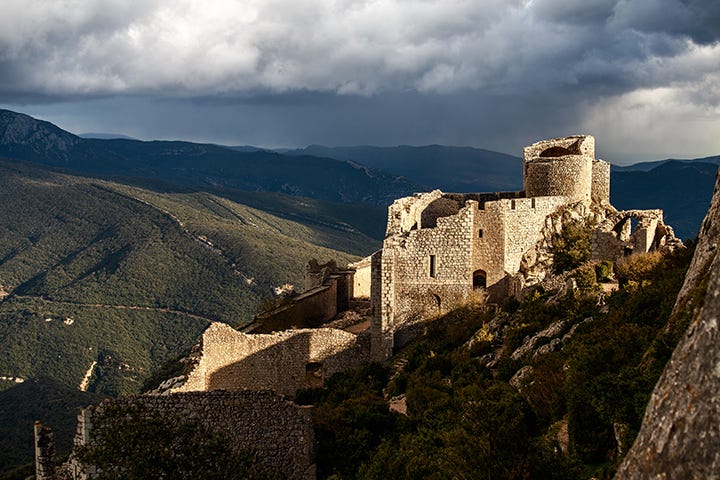
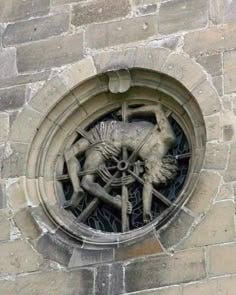
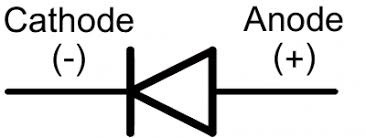

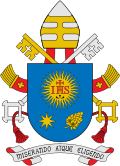

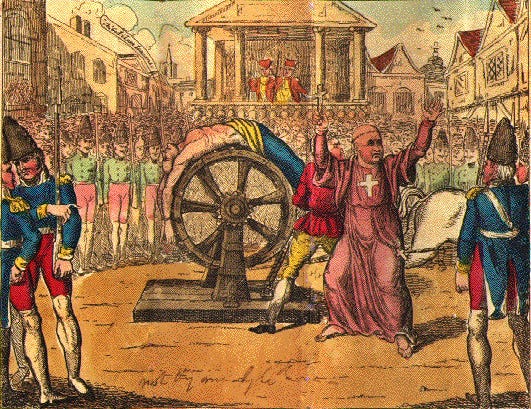
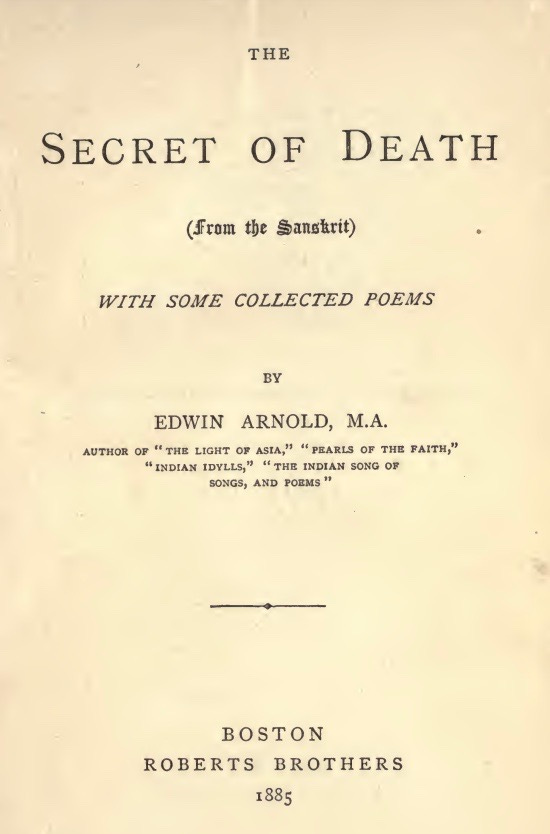
Each & every thing u write u have stolen from Hinduism u euroturds have zero connections with India Hinduism except u colonial gutter units stole everything killed 300 million + u filthy cunts are paying for each & every drop of blood every gram of flesh every gram of gold u stole killed lied bout it with ur own flesh blood & bones. Each & every euroturds gaymericunts must be slaughtered disemboweled & fed to feral swine
Why do u always keep stealing from Hinduism u fecal parasites gayropeon sodomites pedophiles cannibals are the worst untermensch pignazis on earth total criminals frauds liars u ur fecal parasites race must be destroyed for peace prosperity on earth